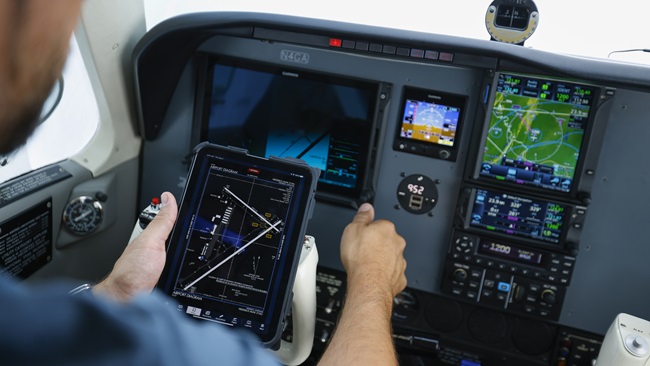The FAA’s decision to adopt a final rule that provides no benefits for general aviation—and even reduces its access to the Washington, D.C., area—was made despite considerable stakeholder input concerning its drawbacks, AOPA said.
AOPA is disappointed and frustrated that the FAA ignored general aviation’s formal objections to two new RNAV terminal routes (T-routes) established west of Washington, D.C.’s, Class B airspace. The final rule, scheduled to take effect Oct. 17, emerged from the FAA’s Optimization of Airspace and Procedures in a Metroplex (OAPM) initiative, a program originally intended to improve efficiency and access for all users of the airspace, including general aviation, but now apparently focused primarily on providing access solutions for air carriers.
As AOPA pointed out in formal comments submitted in June, the new routes, T-287 and T-299, add miles to routes already available for circumnavigating the airspace. Overall, the combination of inefficiency and access deprivation sets a bad precedent for future NextGen route designs that should be driven by the benefits they produce, said Tom Kramer, AOPA manager of airspace and modernization.
"We can see no circumstances in which a pilot would voluntarily request to fly a route that takes the flight away from the desired course," he said. "The bottom line is, we are disappointed and frustrated that the FAA is pursuing new routes that offer no benefit—routes that actually reduce access and efficiency for general aviation."
AOPA will continue to press for better general aviation access to the airspace through both the OAPM and Class B redesign processes despite concerns that the rule enacting the T-routes underlines shortcomings of the OAPM, which "appears to focus on fuel savings for airlines at the expense of general aviation access and efficiency," he said.
The FAA, responding in its final rule to AOPA’s criticisms, asserted that T-routes through the Class B airspace will be considered under a subsequent DC OAPM proceeding. However, the decision demonstrated the FAA’s lack of response to user criticism of the proposal, said Kramer, pointing out that no one outside the agency advocated the design the FAA put forward.
"During a time of fiscal constraint, why is the FAA developing and implementing solutions that are unwanted and unneeded?" he said.
AOPA will continue to advocate for alternative approaches such as a stakeholder committee to make recommendations on how to achieve an efficient transition from today’s navigation system of ground-based navaids and Victor airways to NextGen’s satellite-based navigation that relies on T-routes in and around terminal airspace.



